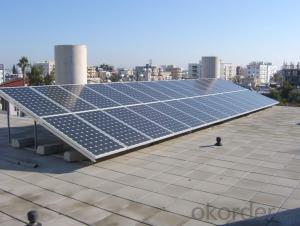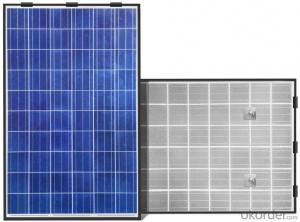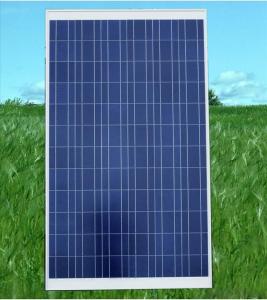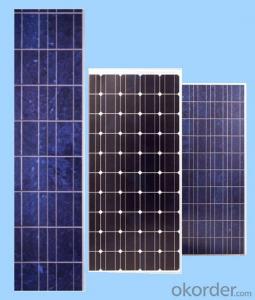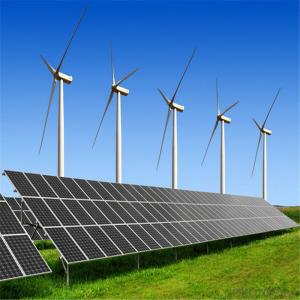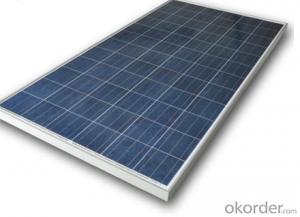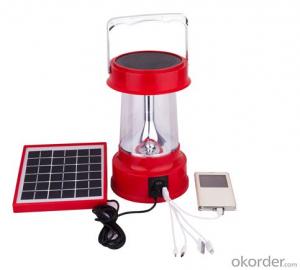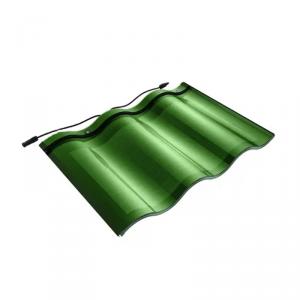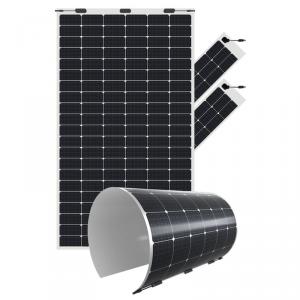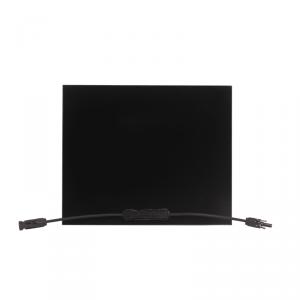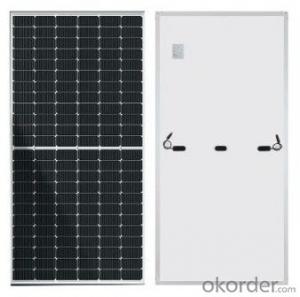Inverter With Solar Panel
Inverter With Solar Panel Related Searches
Inverter With Solar Panels Solar Panel With Inverter Solar Panels With Inverter Inverter Ac With Solar Panel Inverter On Solar Panel Solar Panel With Inverter Kit Inverter With Solar Input Inverter Used In Solar Panel Inverter With Solar System Power Inverter And Solar Panel Solar Panel To Inverter Inverter With Battery Solar Solar Panel With Ac Inverter Inverter Solar Panel Inverter With Solar Charger Power Inverter For Solar Panel Solar Panel Kit With Inverter Inverter In Solar Panel System Solar With Electric Inverter Inverter Solar Panels Solar Battery With Inverter Power Inverter Solar Panel Solar Panels Inverter Solar Inverter Panel Solar Panel Kits With Inverter Solar Charger With Inverter Solar Panel Inverter Solar Panel Inverter For Home Inverter For Solar Inverter In SolarInverter With Solar Panel Supplier & Manufacturer from China
Inverter with Solar Panel is a combination of two essential components for harnessing solar energy. This product typically includes a solar panel that captures sunlight and converts it into electricity, and an inverter that transforms the direct current (DC) generated by the solar panel into alternating current (AC), which can be used by most household appliances and devices. This integrated system allows for efficient energy production and usage, making it an eco-friendly and cost-effective solution for various applications.The Inverter with Solar Panel is widely used in residential, commercial, and industrial settings where there is a need for sustainable and reliable power sources. It is particularly beneficial in areas with limited access to the electrical grid or where electricity costs are high. This product can also be utilized in off-grid applications such as remote cabins, boats, and recreational vehicles, providing a clean and renewable energy source. Additionally, it can be used in conjunction with battery storage systems to ensure a continuous power supply during periods of low sunlight or at night.
Okorder.com is a reputable wholesale supplier of Inverter with Solar Panel products, offering a vast inventory to cater to the diverse needs of customers worldwide. With a commitment to quality and customer satisfaction, Okorder.com ensures that each Inverter with Solar Panel product is thoroughly tested and meets industry standards. By partnering with leading manufacturers, Okorder.com is able to provide competitive pricing and timely delivery, making it a preferred choice for businesses and individuals seeking to invest in renewable energy solutions.
Hot Products









